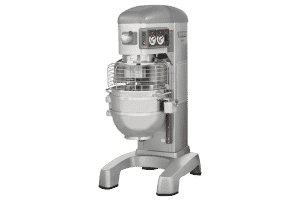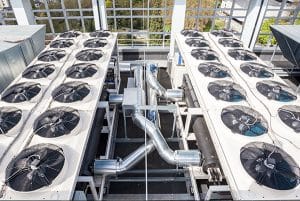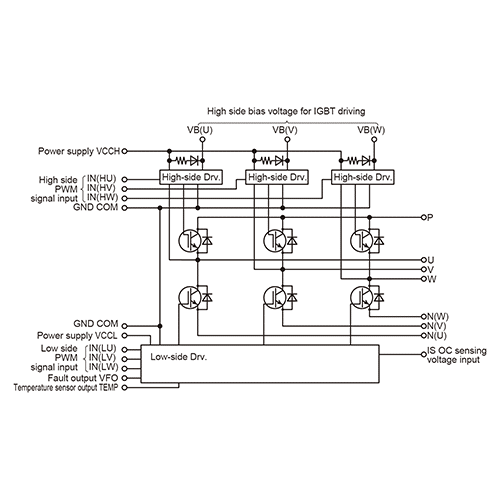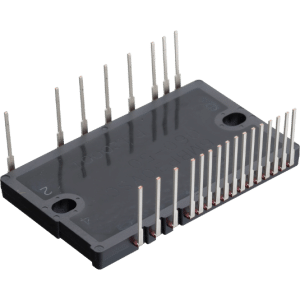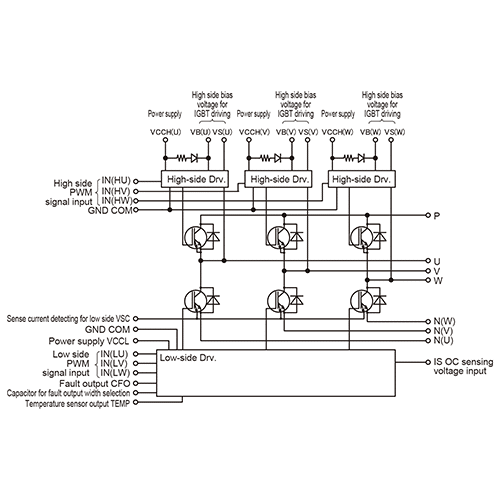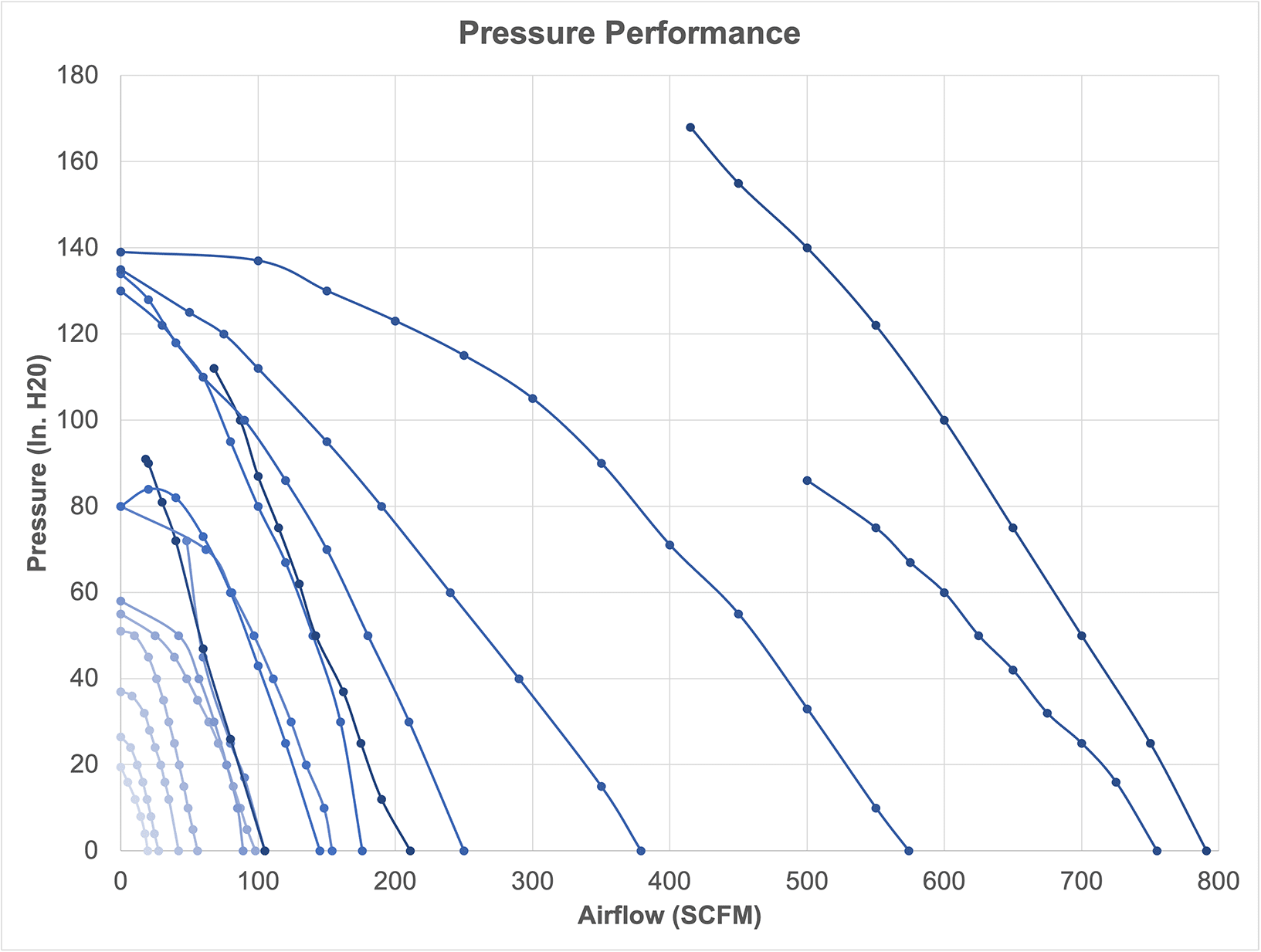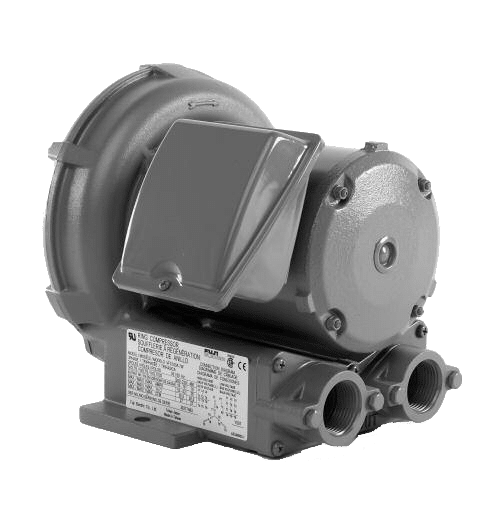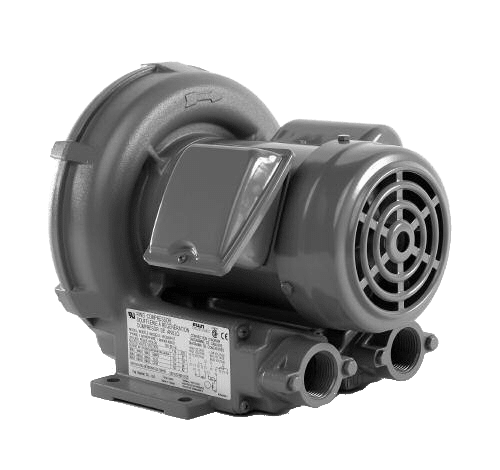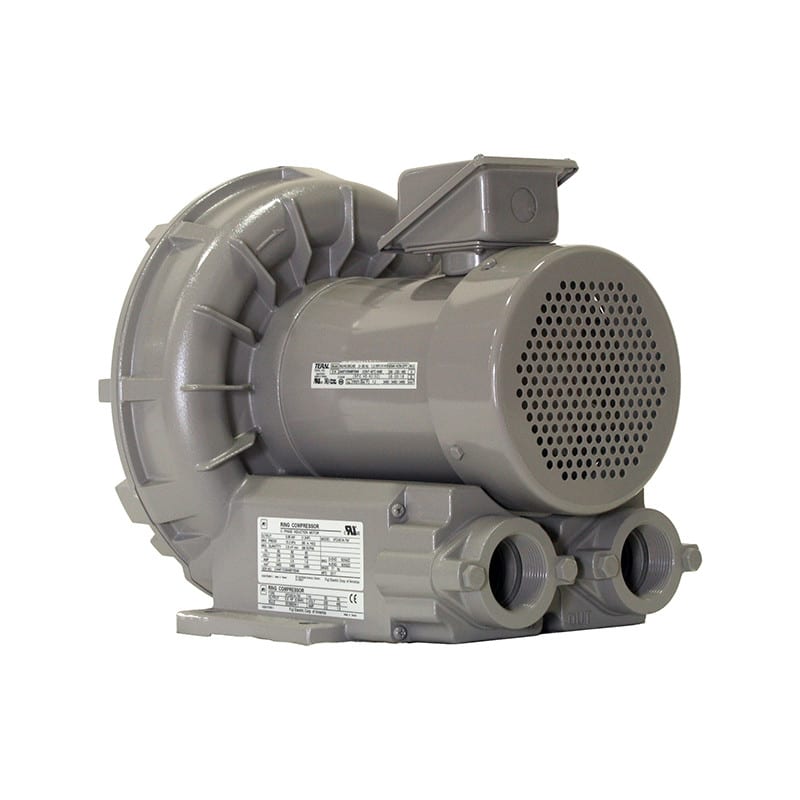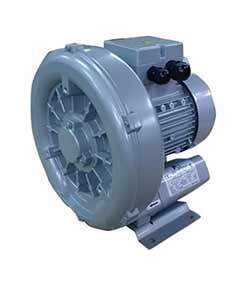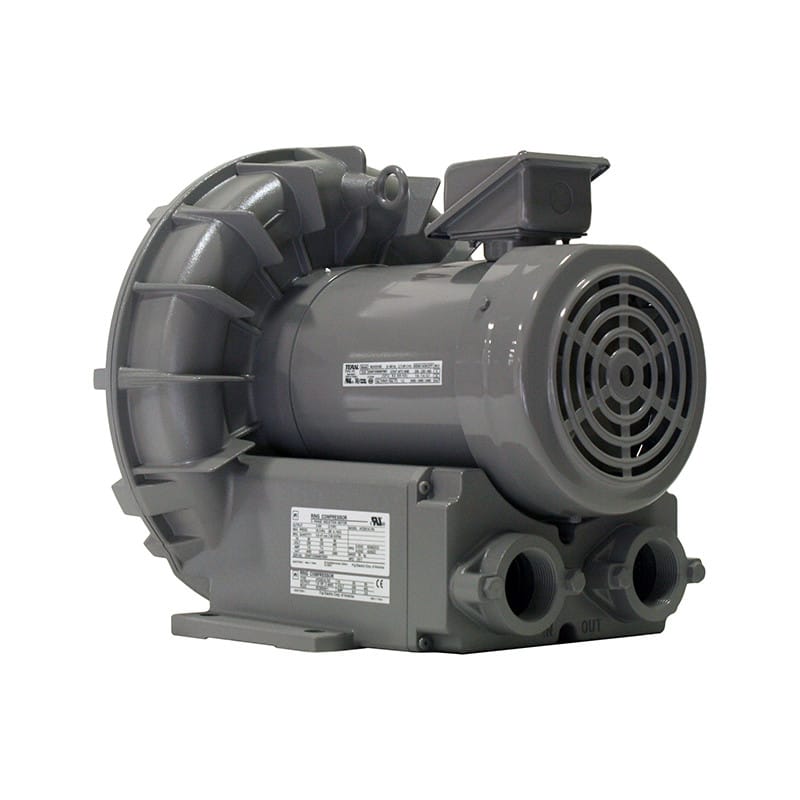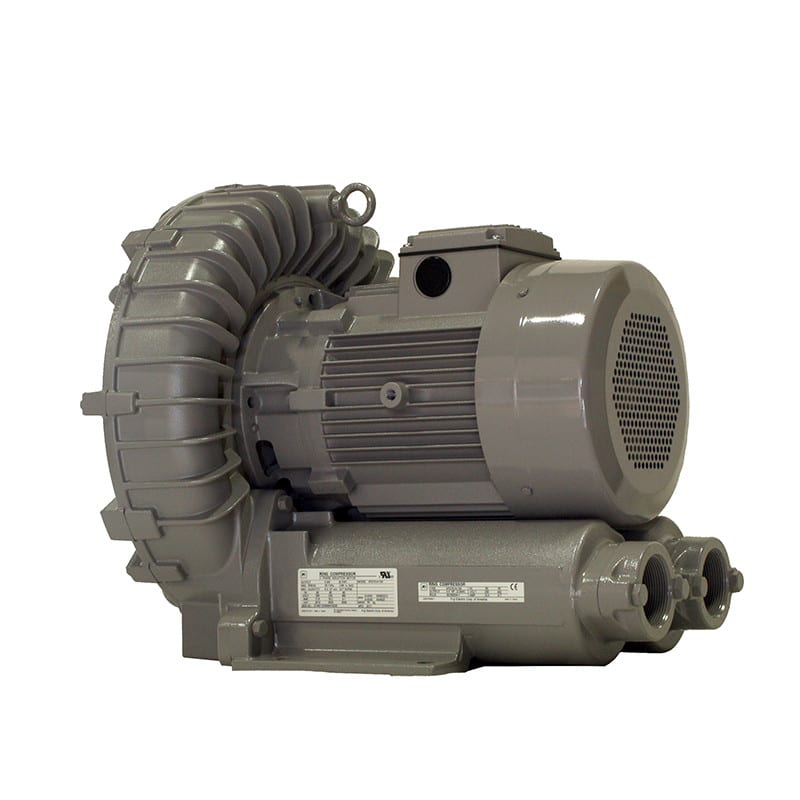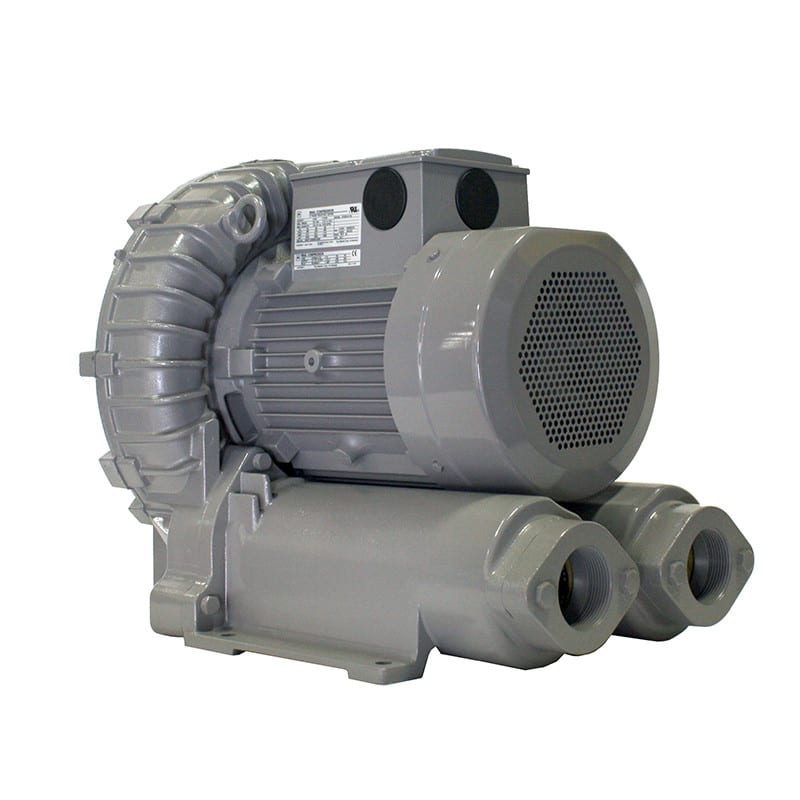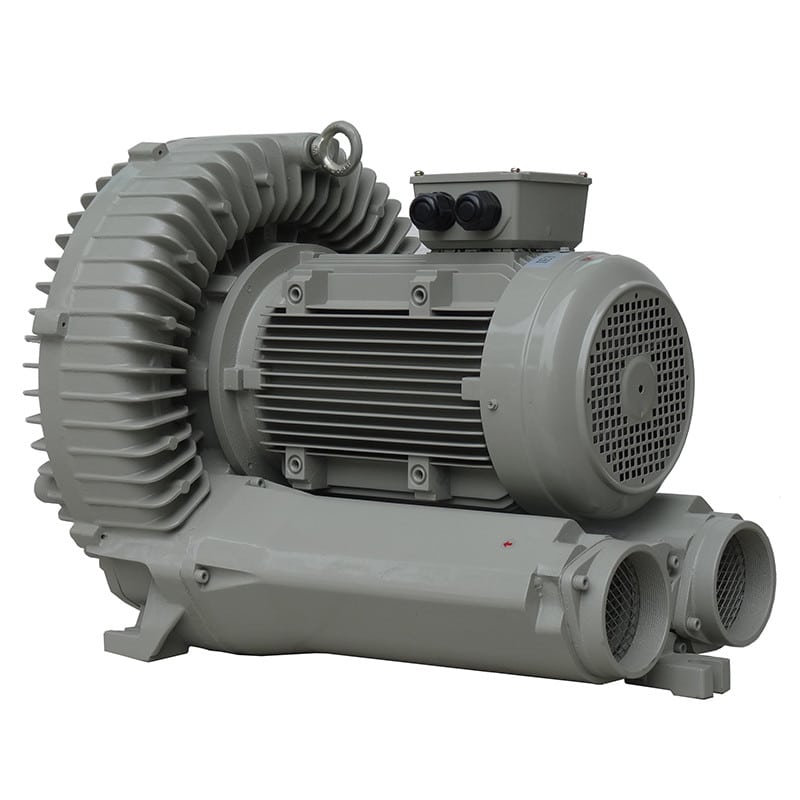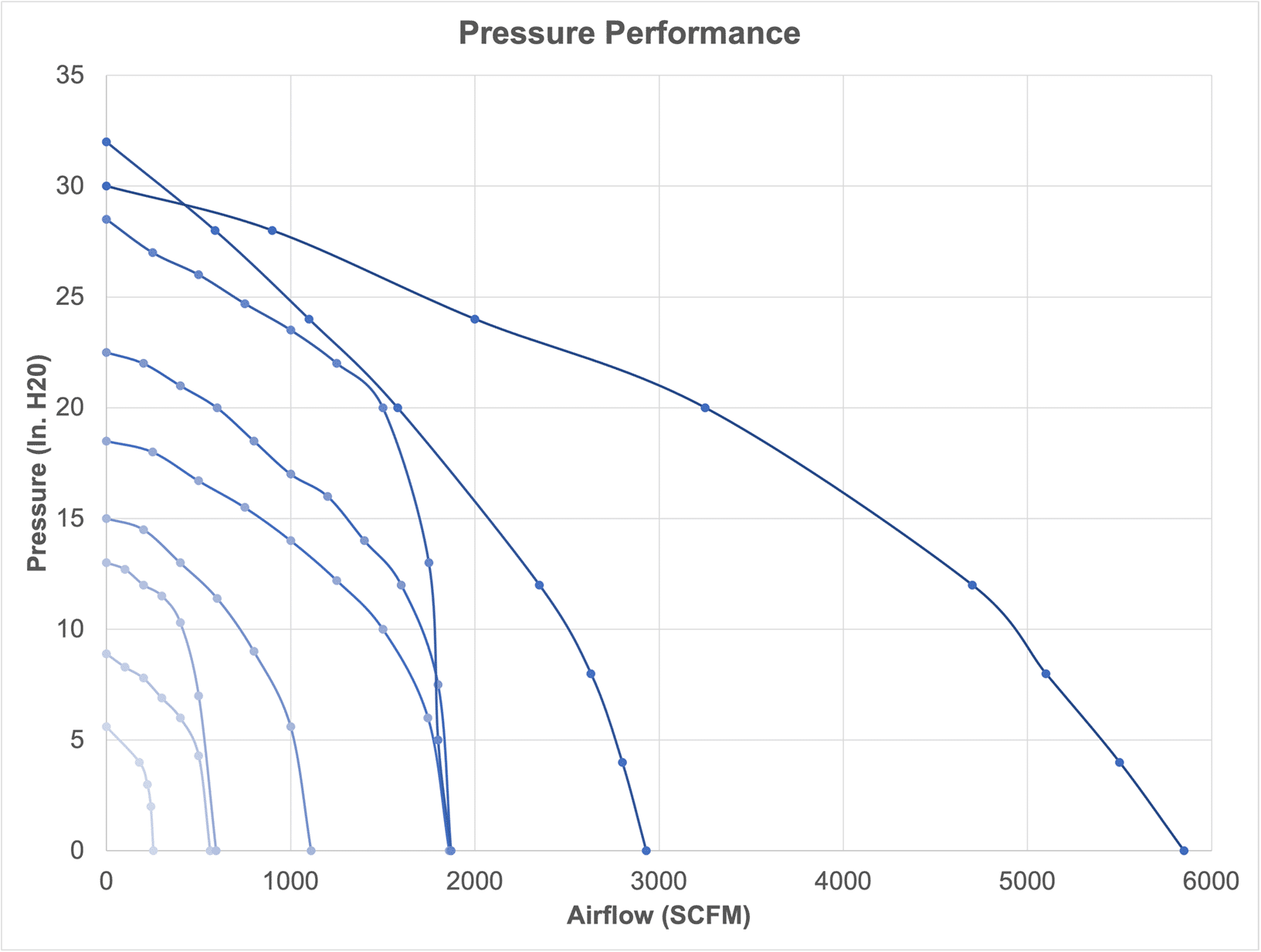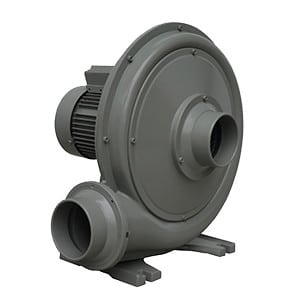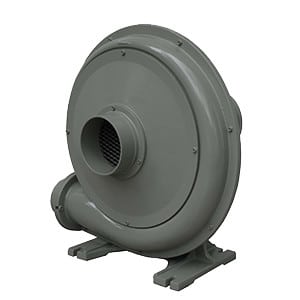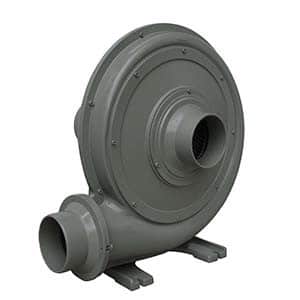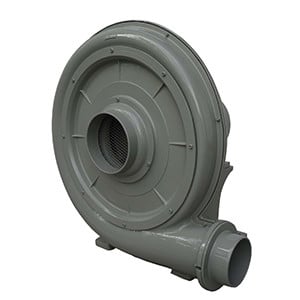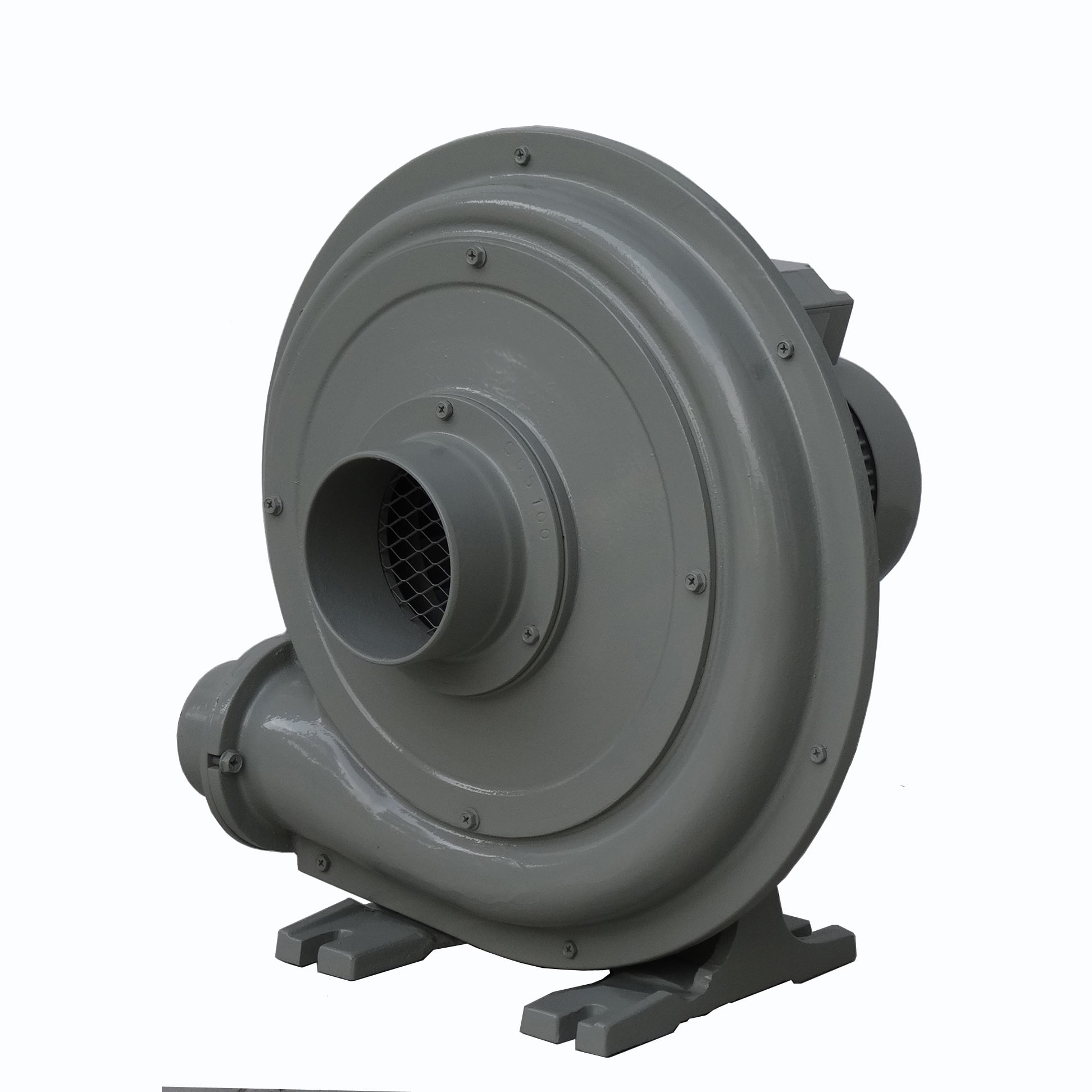Rangeability and turndown ratio are fundamental attributes of pressure transmitters. Simply put, rangeability refers to the ratio of maximum to minimum pressure that a pressure transmitter can accurately measure. Turndown ratio, often synonymous with rangeability, specifically denotes the maximum capacity a device has over its minimum measurable capability.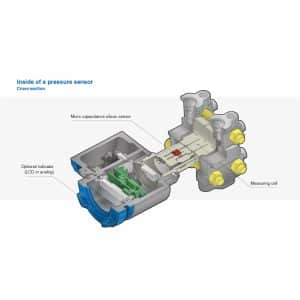
Rangeability, commonly referred to as turndown ratio, is a critical parameter in control systems, especially when dealing with process pressure transmitters. Whether it’s the turndown ratio of a differential pressure transmitter, a gauge pressure transmitter or an absolute pressure transmitter, it’s a simple formula that compares the maximum measurable range of a device to its minimum measurable range.
This ratio is often expressed as a number such as 3:1, 5:1, or even 100:1, indicating that the sensor is capable of accurately measuring pressures within that span. For example, in a transmitter with a 5:1 turndown ratio, if the maximum pressure (the high end) it can measure is 100 units, then it can accurately measure down to 20 units, which is its low end.
Let’s dig a little deeper with a few definitions:
- The Range is the measurement limit and covers from the minimum pressure to the maximum pressure that the pressure transmitter cell can measure, for example from 0 to 100 bar. The maximum measurement span is 100 bar.
- Upper Range Limit (URL) refers to the highest pressure that the transmitter was designed to measure, respected the cell upper range limit.
- The Lower Range Limit (LRL)refers to the lowest pressure that the transmitter was designed to measure, respected the cell lower range limit.
- URV (Upper Range Value) is the maximum pressure at which the pressure transmitter is calibrated. It corresponds to the lowest point of the output scale, such as the 4mA point in a 4 to 20mA output signal.
- LRV (Lower Range Value) is the minimum pressure at which the pressure transmitter is calibrated. Its corresponds to the lowest point of the output scale, such as the 4mA point in a 4 to 20mA output signal.
- Span (Calibrated span) is the working range that is equal to URV – LRV. This is the equivalent of the 4 to 20mA output signal.
- Turndown (TD) or Rangeabilityof a pressure transmitter is calculated by dividing the maximum pressure the device can measure (Upper Range Limit, or URL) by the minimum pressure it can measure accurately (minimum calibrated span).
The understanding of rangeability and turndown ratio is crucial in various applications where pressure needs to be monitored and controlled. It’s especially important in fluid and gas control systems where accurately measuring and maintaining pressure levels is crucial to the operation’s success.




















